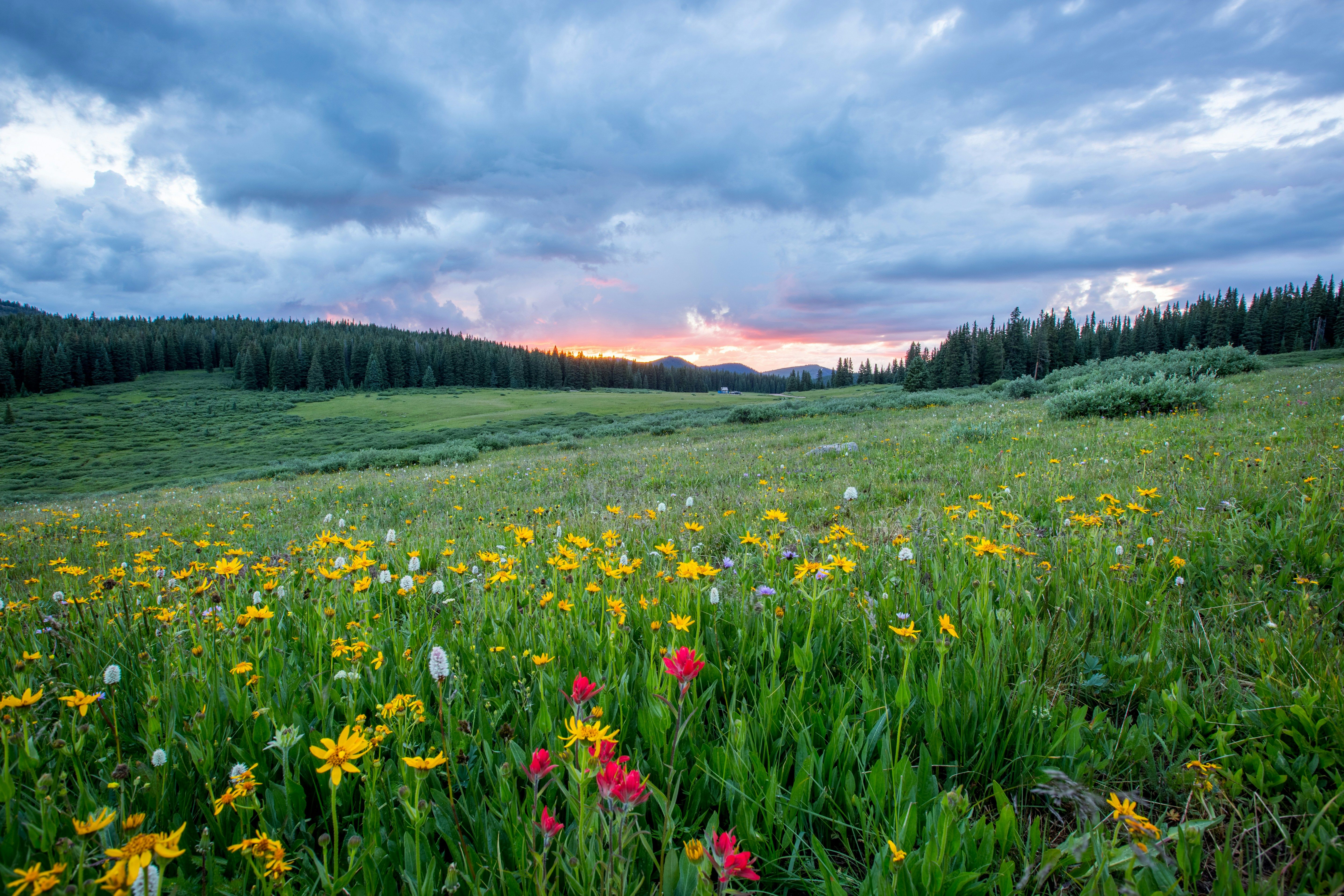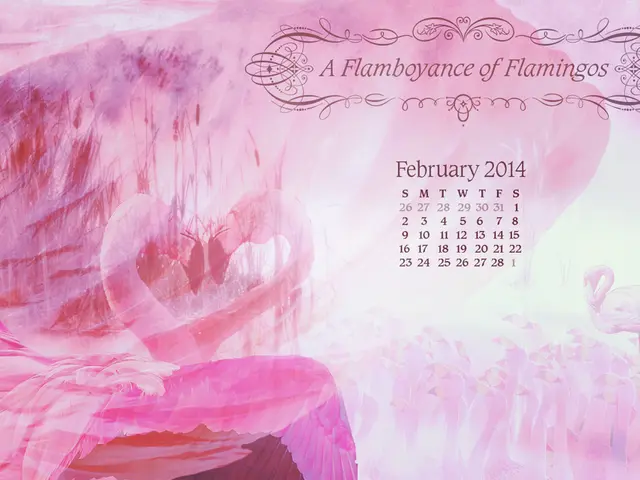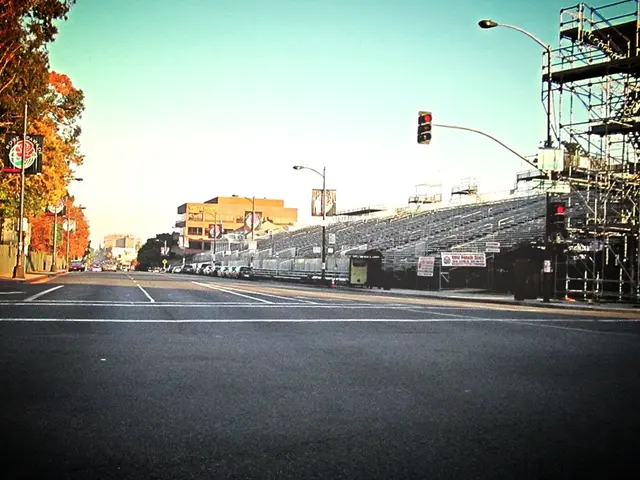Ten Notable Buddha Figures Sculpted in Japan
Originating in ancient India over 2,000 years ago, Buddhism has played a vital role in the religious landscape of Japan. Although Shintoism is the indigenous faith of the country, Buddhism and Shintoism have significantly influenced each other since the latter was introduced to Japan in the 6th century. Known as the Shinbutsu-Shūgō, this process involves the fusion of Shinto and Buddhist beliefs, resulting in various syncretic practices.
Buddhism was first brought to Japan as a means of understanding death and the impermanence of life. It gradually found acceptance among the Japanese nobility, eventually becoming an essential element of the country's cultural identity. By the Heian period (794-1185), Buddhism had established itself as a major religious force and was deeply ingrained in the social, political, and cultural fabric of Japan.
In the process of mingling with Shintoism, Buddhism underwent numerous adaptations. Some examples of these adaptations include the anthropomorphization of Shinto deities and the merging of Buddhist and Shinto festivals and rituals. The most famous Buddhist statues in Japan are often found at sites where Buddhism and Shintoism have intertwined over time.
- Nara Daibutsu
The Nara Daibutsu, a symbolic statue located in Todai-ji Temple in Nara Prefecture, is one of Japan's most famous Buddhist statues. Established by Emperor Shomu in the early 8th century, it stands 15 meters tall and has been attracting visitors as a National Treasure for almost 1,300 years. The statue boasts a peaceful smile and is housed in a grand wooden building, one of the largest wooden structures in the world. It is designated as a UNESCO World Heritage Site and is a must-see attraction for any visitors to Japan.
Admission Fee: ¥600 (adult)Operating Hours: 7:30am - 5:30pm (April - October); 8:00am - 5:00pm (November - March)
- Ushiku Daibutsu
Located in Ushiku City, Ibaraki Prefecture, Ushiku Daibutsu is the world's tallest bronze Buddhist statue, standing at an impressive 120 meters. Built in 1992, the statue is relatively modern compared to historical ones, but it continues to draw visitors due to its massive scale. Visitors can enter the statue and learn about the construction process through informative exhibits, as well as enjoy a panoramic view from the observation deck, which stands 85 meters above the ground.
Admission Fee: ¥800 (adult)Operating Hours: 9:30am - 5:30pm (March - September); 9:30am - 4:30pm (October - February)
- Kamakura Daibutsu
Kamakura Daibutsu is an iconic Buddhist statue located in Kamakura City, Kanagawa Prefecture. It is housed in Kotokuin Temple, a Buddhist temple belonging to the Jodo Sect. Although the origins of the temple are unclear, it is believed that the 11.3-meter statue was built around the 13th century. The inside of the statue is empty, allowing visitors to explore the small space. Taking guided tours in the area will provide a better understanding of Kamakura's history. Spring is the best time to visit, as the cherry blossoms in the temple are in full bloom during this season.
Admission Fee: ¥300 (adult)Operating Hours: 8:00am - 5:30pm (April - September); 8:00am - 5:00pm (October - March)
- Takaoka Daibutsu
Takaoka Daibutsu is located in Daibutsu-ji Temple, about a 10-minute walk from JR Takaoka Station in Toyama Prefecture. Along with Nara Daibutsu and Kamakura Daibutsu, it is claimed as one of the three greatest Buddhist statues in Japan. The handsome appearance of the statue dates back to around 800 years ago, when the original one was built by Minamoto no Yoshikatsu. Since then, the statue has been repeatedly reconstructed due to fires, with the current construction being completed in 1907. Inside the statue, visitors can find impressive Buddhist paintings and the head of the previous statue, which remains in good condition.
Operating Hours: 6:00am - 6:00pmAdmission Fee: No Admission Charge
- Fukuoka Buddha
Fukuoka Buddha is a wooden Buddhist statue located in Tocho-ji Temple in Fukuoka Prefecture. It is the largest wooden Buddhist statue in Japan, measuring 10.8 meters and weighing approximately 30 tons. The statue was created in 1992 and exudes a sacred atmosphere. The temple was founded by Kukai, a notable Japanese monk who lived in the 8th to 9th centuries, and served as a family temple for the Kuroda family, who governed the area as a feudal clan during the Edo period.
Operating Hours: 9:00am - 5:00pmAdmission Fee: No Admission Charge
With its fascinating blend of Buddhist and Shinto influences, Japan offers a wealth of historical sites and cultural experiences for travelers. The top 10 famous Buddhist statues listed above are just a small selection of the many captivating attractions that Japan has to offer. For a comprehensive journey through Japan's rich religious and cultural heritage, consider exploring the country with the assistance of a professional travel agency that can provide guided tours, accommodations, and assistance with travel planning. Additionally, visiting sites such as Kiyomizu-dera Temple in Kyoto or attending traditional festivals like Obon can provide valuable insight into the syncretic practices that define Japanese religion and culture. Happy travels!
P.S. Stay informed of the best travel tips, exciting experiences, and the latest content from our website by subscribing to our newsletter. We will introduce you to our latest articles every week! Also, follow us on Instagram or Facebook for more travel inspiration and updates. #JapanTravel #BuddhistStatues #ReligiousSites #TourismJapan #ShintoBuddhism #JapanCulture #JapanCulturalHeritage
- Discovering the religious and cultural heritage of Japan, travelers can visit numerous scenic locations and participate in unique experiences.
- As part of their itinerary, they may visit Kiyomizu-dera Temple in Kyoto, a UNESCO World Heritage Site that showcases the fusion of Shinto and Buddhist beliefs.
- Embracing the local lifestyle, fashion-and-beauty, food-and-drink, and home-and-garden elements can significantly enhance travel experiences in Japan.
- Attending traditional festivals like Obon provides insight into the syncretic practices that define Japanese religion and culture.
- To make the most of their travel, visitors can subscribe to travel newsletters for tips and updates, and follow travel-related accounts on social media platforms like Instagram and Facebook.
- Many travel agencies offer guided tours, accommodations, and travel planning assistance for those wanting to explore Japan's rich religious and cultural sites.
- Japan's long history of Buddhism is visible in its numerous temples and Buddhist statues, such as the Nara Daibutsu, the Ushiku Daibutsu, Kamakura Daibutsu, Takaoka Daibutsu, and Fukuoka Buddha.
- Sports enthusiasts can also find activities appealing to their interests, as sports plays an integral role in Japanese society.
- Travelling responsibly allows visitors to respect local customs, religion, and history, ensuring an enriching and memorable experience in Japan.







